⟦4,2,2⟧ stabilizer code:
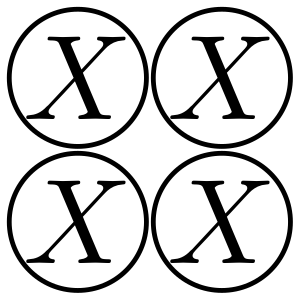 ,
, 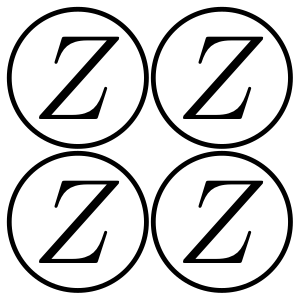
Two logical qubits:
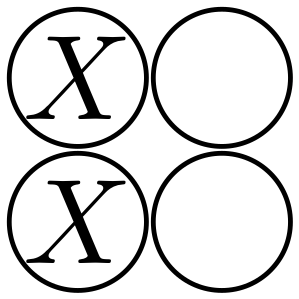
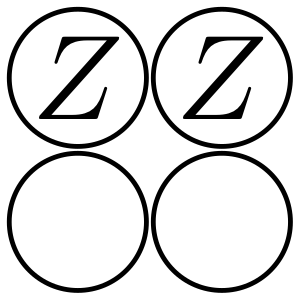
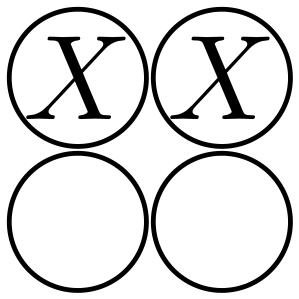

⟦4,1,2⟧ subsystem code:
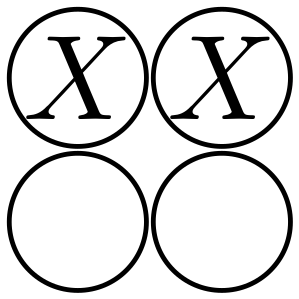 ,
, 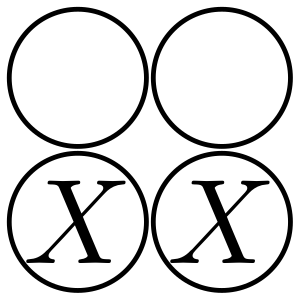 ,
, 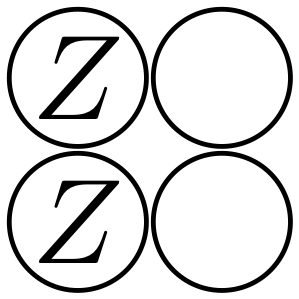 ,
, 
-
Lower weight check operators
-
More fault-tolerant logical gates
-
More general formalism – Possibility for novel codes
-
Single-shot QEC
-
Bombin | arXiv:1404.5504
-
Single-shot QEC: correct errors in a single round of syndrome measurement
- Even with measurement errors

-
3 (space) dimensional subsystem codes
-
Defined on 4-colorable lattices
-
Gauge operators defined on 2D faces
-
Stabilizer operators associated to volumes

- Non-abelian gauge group
- Gauge flux is the pattern of
- Although outcomes are locally random, they are correlated
- Product of gauge flux at a stabilizer must be
- There may be other constraints
- Product of gauge flux at a stabilizer must be

⟦4,1,2⟧ subsystem code:
 ,
,  ,
,  ,
, 
 ,
, 
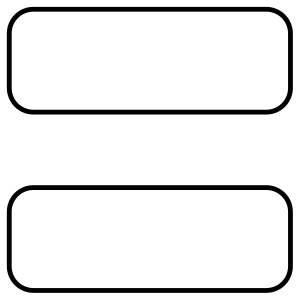
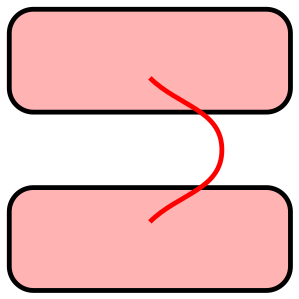
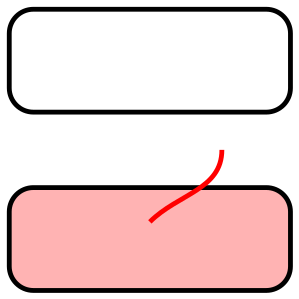
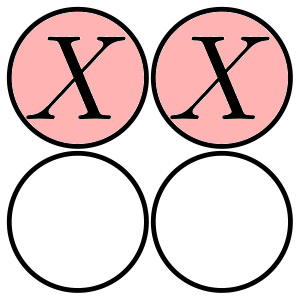 ,
, 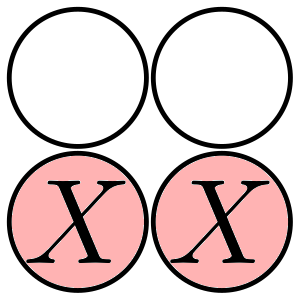 ,
, 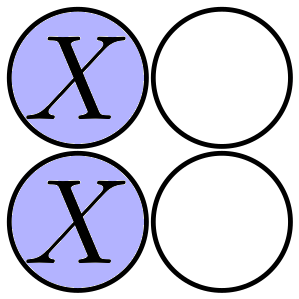 ,
, 
 ,
, 

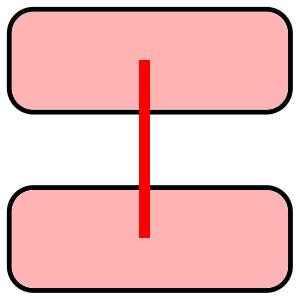
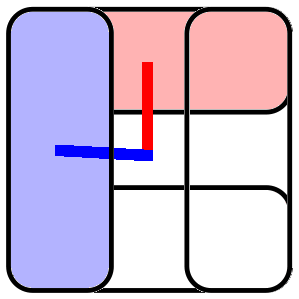

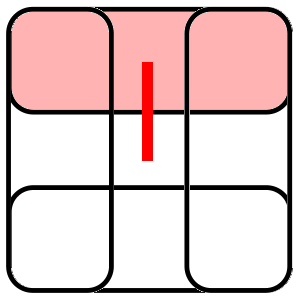
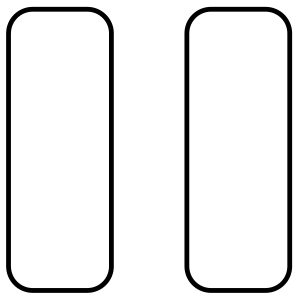


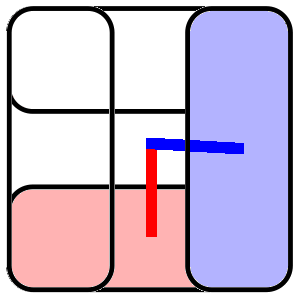


- Each volume forms a 2D stabilizer color code
- Qubits are shared between neighboring codes
- Each stabilizer can be reconstructed in 3 ways – redundancy
- Gauge fluxes can be interpreted as anyons on the 2D color codes
- Net neutral charge on sphere
- Introduced in arXiv:2106.02621
- More elementary than gauge color code
- Separates stabilizer constraints from topological constraints (Gauss law)
- Gauge operators associated to 2D faces and vertices

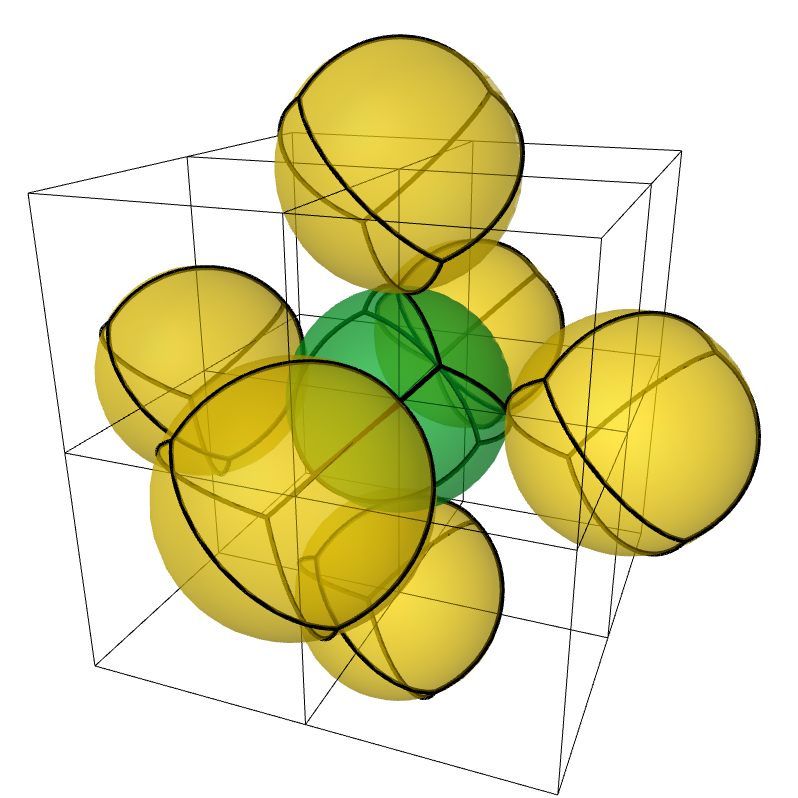

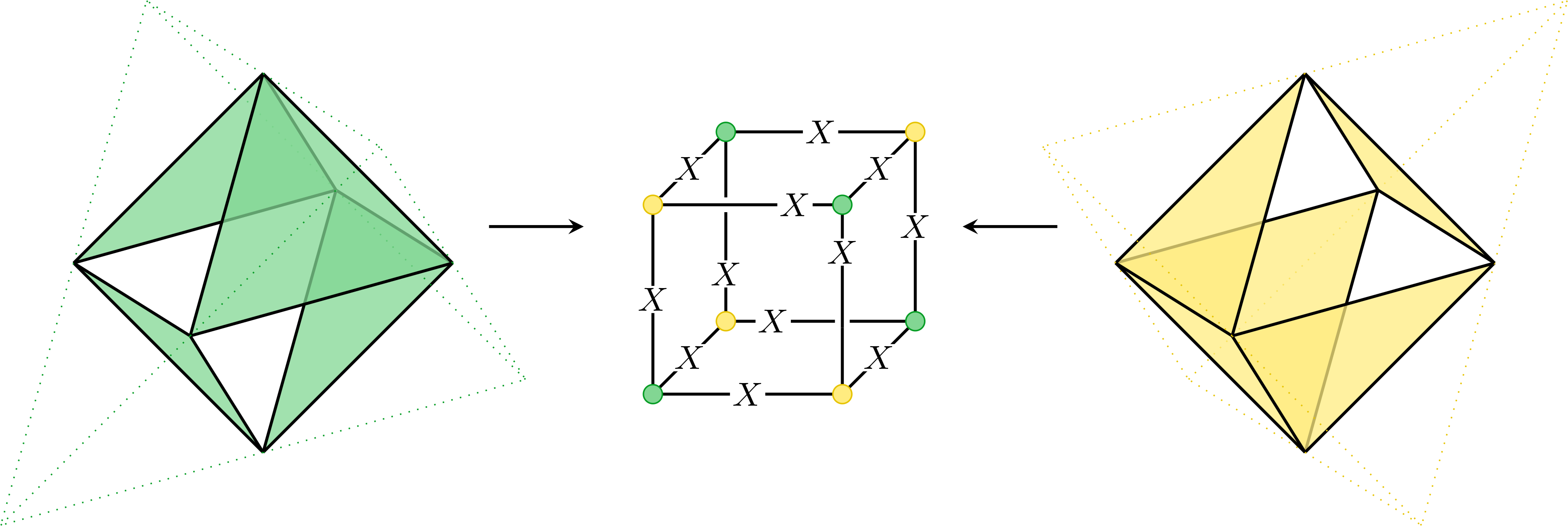
-
Associated to volumes of the lattice
-
Each stabilizer can be reconstructed in 2 ways – from only green or only yellow gauge operators

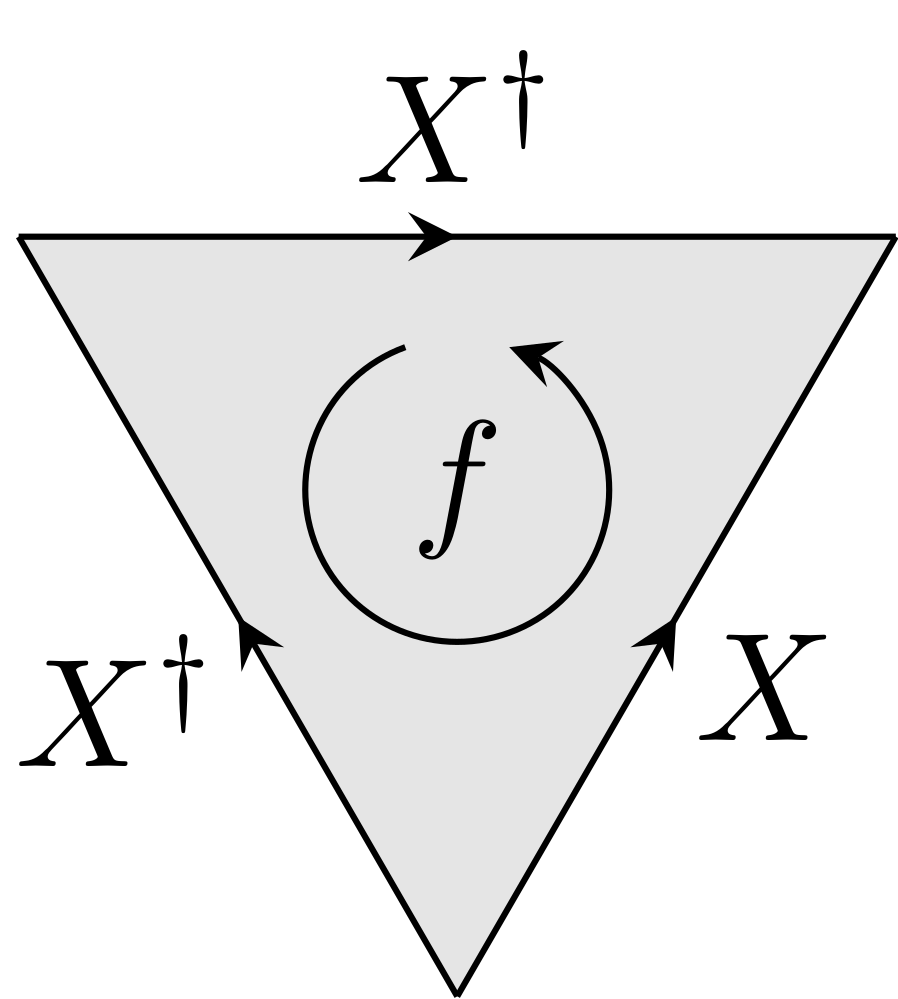
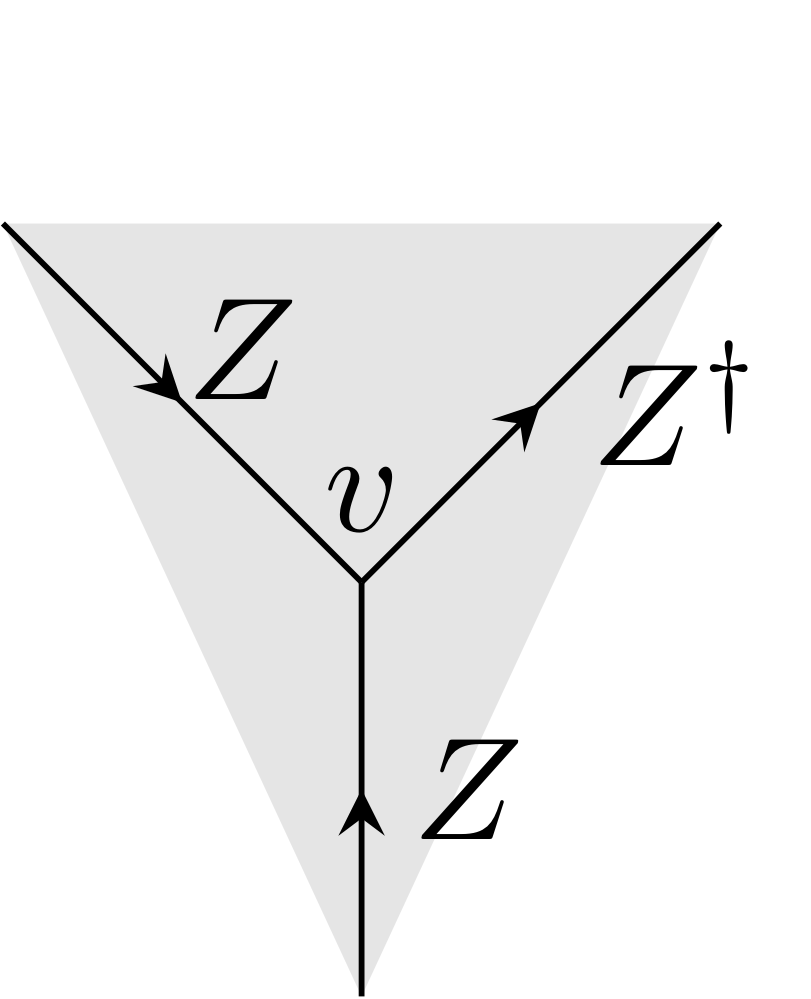
-
Instead of
-
- In code space, stabilizers are
- When there are physical errors, there is a net charge on a volume
- Redundancy
- Vertices necessarily have no net charge, even with physical errors
- Redundancy
- Measurement errors can result in net charge on vertices or mismatch of charge measured at volumes
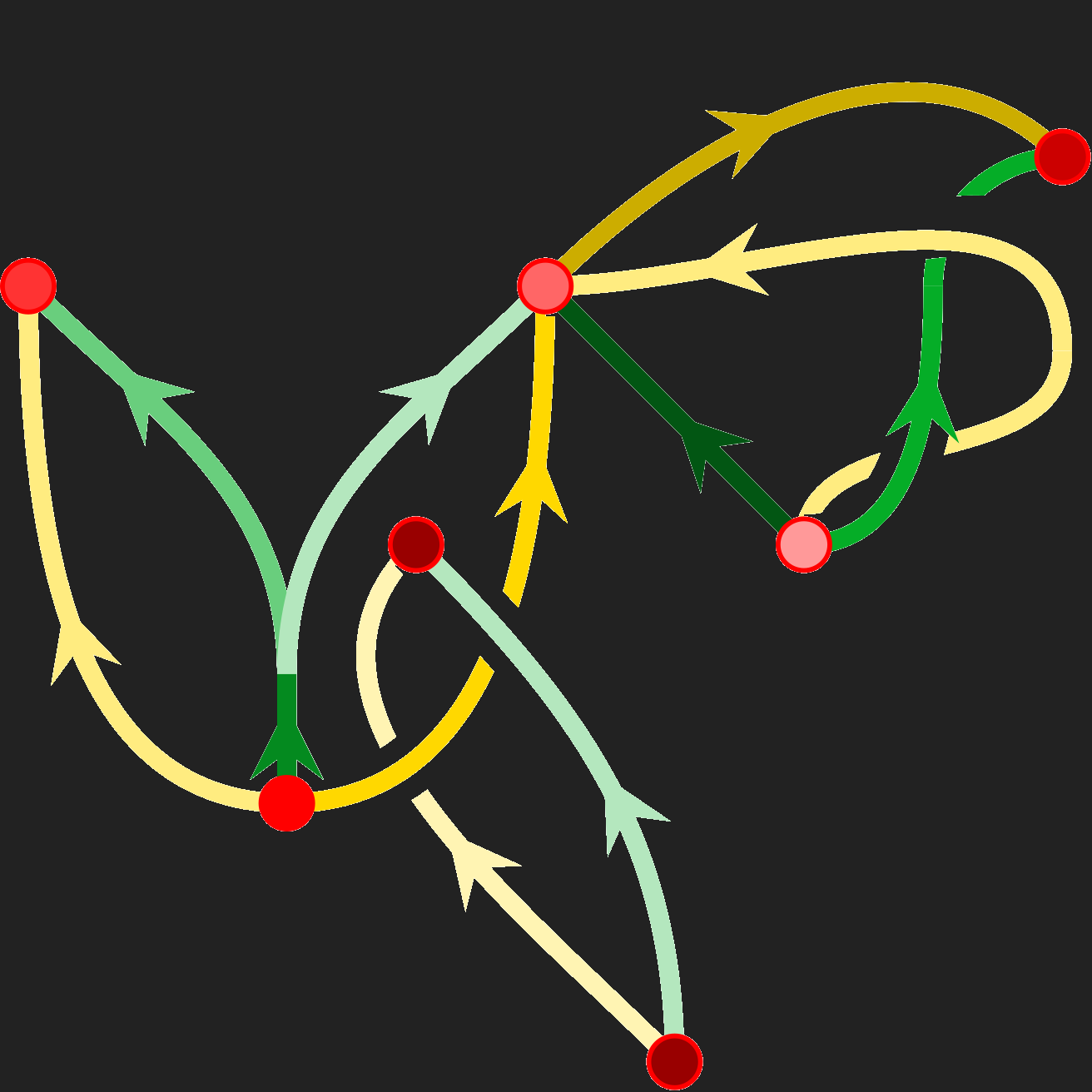

Error correction is a two step process:
-
Validate gauge flux to remove broken loops
- Identify end points of broken loops and match them up
-
Correct residual errors to ensure charge on volumes is neutral
- Identify stabilizer violations and match them up
QEC step:
-
Apply channel to each qudit
-
Compute gauge syndrome
-
Randomize each gauge outcome with probability
-
Find recovery operator:
- Validate flux (clustering)
- Correct errors (clustering)
Error channel:
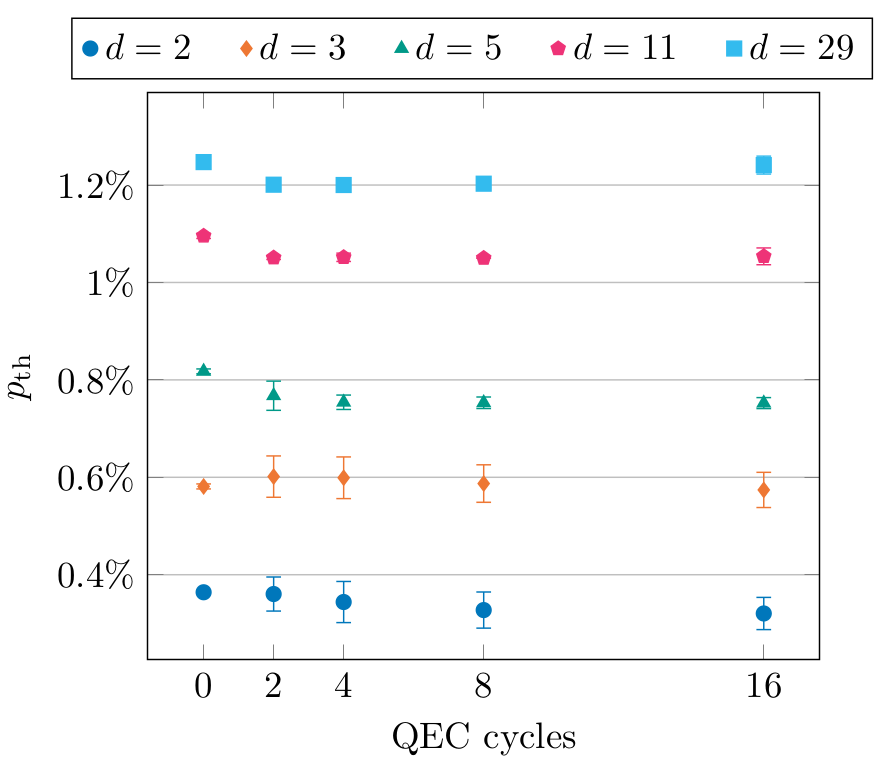
-
Unlike topological codes, these subsystem codes require boundaries to have logical qudits
-
Our perspective lets us construct boundaries from boundaries of 2D topological models
-
On

- Logical qubits associated with boundary 2D codes
- Bare logical operators are sheet-like
- Dressed logicals are boundary string operators
When defined on a cube, we can use the boundaries of the 2D code to define the gauge operators
-
New perspective on topological subsystem codes
- Single-shot property arising from interplay of 2D topological order and 3D geometry
-
This perspective provides a natural generalization to any abelian group/(untwisted) abelian QD anyon model
- Includes boundaries and logical operators
-
Beyond Pauli case?
- Currently working on semion version. Seems to need a different geometry
- Non-abelian case?
- General string-net models?
-
Can we fit the gauge color code into this framework?
- The split between Gauss law and stabilizers is not as clear
- What is the correct notion of equivalence for subsystem codes?
Any questions?
Slides available at jcbridgeman.github.io